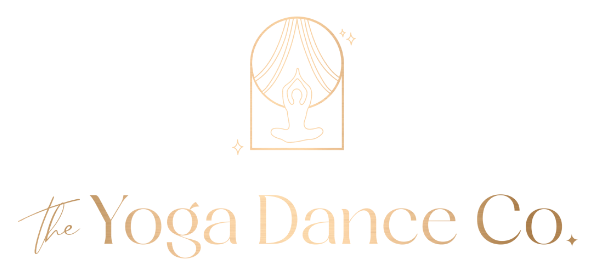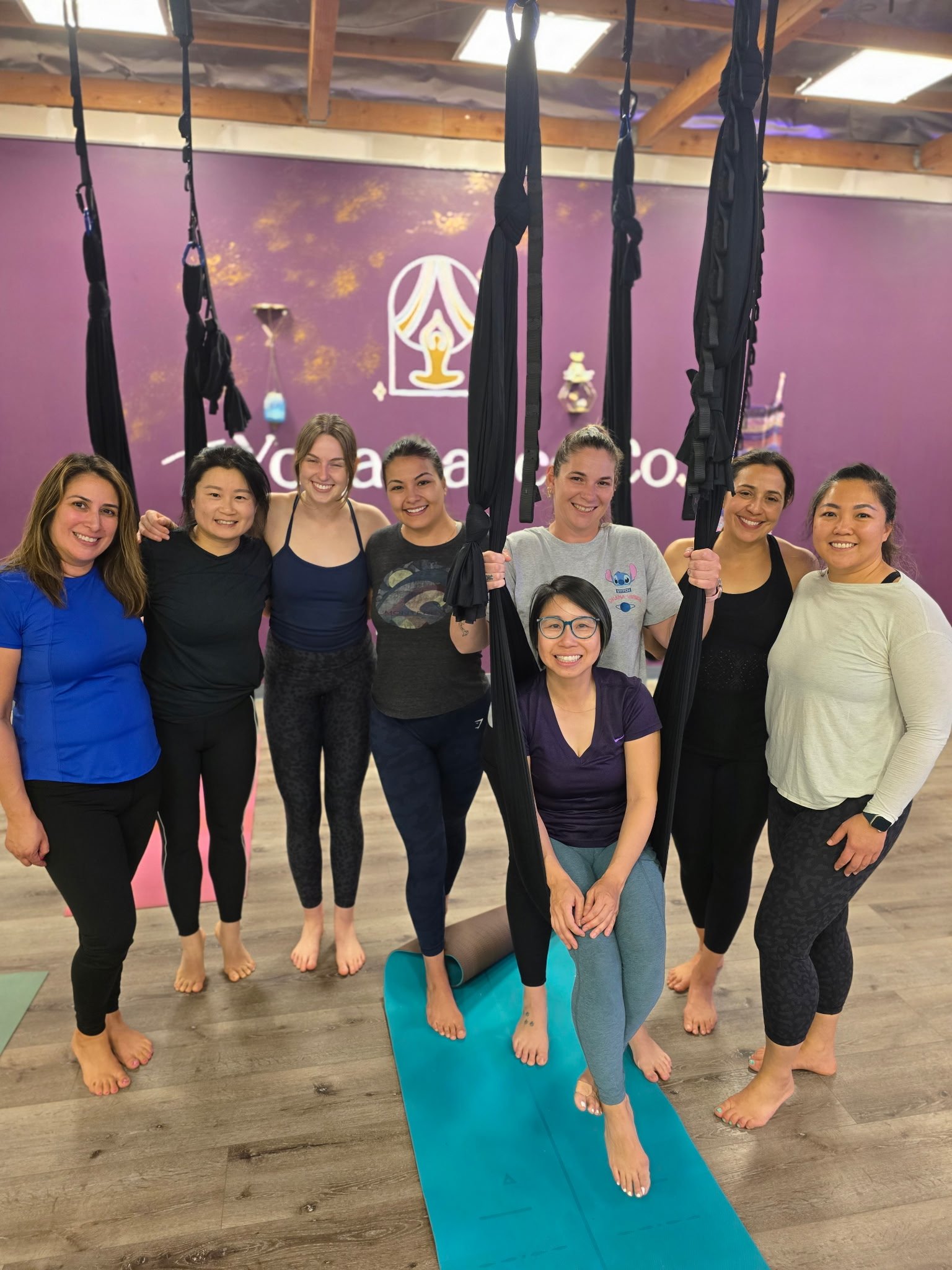The Joy of Movement: How Dance-Based Fitness Supports Mental Health
The Joy of Movement: How Dance-Based Fitness Supports Mental Health
For many people, the word “exercise” brings to mind grueling workouts, rigid routines, and the pressure to achieve a certain level of fitness. But what if movement wasn’t about burning calories, hitting a goal, or “pushing through the pain”? What if it was about joy?
Dance-based fitness—whether it’s cardio barre, aerial dance, or any movement inspired by rhythm and flow—offers a refreshing alternative to traditional workouts. It’s not just about physical health; it’s about feeling free, expressive, and mentally lighter. More than just a workout, dance-based movement is a powerful tool for improving mental well-being, reducing stress, and reconnecting with your body in a positive way.
Why Dance Feels So Good
From a young age, movement is a natural form of expression. Babies sway when they hear music, children jump and twirl without inhibition, and across cultures, dance has always been a form of connection, storytelling, and celebration.
As we get older, many of us lose that uninhibited relationship with movement. We become self-conscious. We’re told that some bodies are “good” at dancing and others aren’t. We start associating exercise with obligation rather than joy. But dance-based fitness brings us back to that instinctive love of movement.
Unlike rigid workouts that focus on repetition and endurance, dance invites creativity, playfulness, and flow. It’s a form of movement that feels good—physically, emotionally, and mentally.
How Dance-Based Fitness Supports Mental Health
1. Stress Relief Through Movement
One of the biggest mental health benefits of dance-based fitness is stress relief. Movement, especially rhythmic and full-body movement, helps regulate the nervous system, reducing levels of cortisol (the stress hormone) while increasing endorphins (feel-good chemicals).
When you lose yourself in movement, you allow your mind to shift away from stress and overthinking. The combination of music, rhythm, and physical expression creates a meditative effect, helping you stay present and release tension.
Studies have shown that dance-based movement can lower anxiety, reduce symptoms of depression, and improve overall mood. It’s an outlet for emotions, a way to physically shake off the weight of the day, and a reminder that movement can be joyful, not just functional.
2. Dance as a Natural Mood Booster
It’s no secret that music has a powerful impact on emotions. Combine music with movement, and you create a mood-boosting experience that lifts your spirits almost instantly.
Dance-based workouts often use upbeat, energetic music that naturally encourages movement. Even if you start a class feeling tired or stressed, the combination of music and motion has the ability to shift your mood entirely.
Beyond endorphins, dancing also increases dopamine and serotonin—neurotransmitters linked to happiness and emotional well-being. This chemical shift can help improve mental clarity, elevate mood, and even combat seasonal depression.
3. Breaking Free from Perfectionism
One of the most beautiful aspects of dance-based fitness is that it’s about movement, not mastery. Unlike competitive sports or rigid workout routines, dance encourages self-expression over perfection.
Many people struggle with anxiety related to performance—whether it’s in the workplace, social situations, or even in fitness spaces. Dance-based movement creates an environment where mistakes aren’t failures; they’re part of the process. There’s no pressure to perform at a certain level, hit a specific number of reps, or compare yourself to others.
This shift in mindset—away from perfectionism and toward enjoyment—can be incredibly freeing. It teaches you to trust your body, embrace imperfection, and focus on how movement feels rather than how it looks.
4. Connecting to Your Body in a Positive Way
For many people, exercise can feel like punishment—something they “have” to do rather than something they want to do. Dance-based fitness flips that narrative, helping you reconnect with your body in a way that feels empowering rather than exhausting.
When you move in a way that feels good, you develop a deeper appreciation for what your body can do, rather than focusing on how it looks. This shift can be especially healing for those who have struggled with body image issues, negative self-talk, or a history of seeing fitness as a chore.
Instead of exercising to “fix” yourself, dance-based fitness helps you move because it feels amazing. It’s about strength, expression, and joy—without the pressure to change anything about yourself.
5. Community and Connection
One of the most overlooked aspects of mental health is the power of connection. Dance-based classes, whether in-person or virtual, create a sense of community that fosters belonging and support.
Unlike solitary workouts at the gym, dance classes like the ones we offer at our studio encourage interaction, shared energy, and collective movement. Moving together in rhythm creates a feeling of unity, reminding you that you’re not alone. This social aspect is especially valuable for those who experience loneliness, social anxiety, or isolation.
Being part of a noncompetitive, welcoming fitness space—where movement is celebrated rather than critiqued—creates an environment where people of all ages and backgrounds can feel safe, seen, and encouraged.
How to Bring More Joyful Movement Into Your Life
If you’ve ever felt like traditional exercise isn’t for you, or if you’ve struggled to stick to a workout routine because it feels like a chore, it might be time to explore movement that’s rooted in joy rather than obligation.
Here are some simple ways to incorporate dance-based fitness into your life:
• Try a Dance-Based Class – Whether it’s cardio barre, aerial dance, or a freeform movement class, find a class that focuses on movement as expression rather than performance.
• Move to Your Favorite Music – Put on a playlist that makes you happy and dance around your living room. No rules, no choreography—just move in a way that feels good.
• Release Expectations – Let go of the idea that movement has to “count” as a workout. Moving for joy is just as valuable as moving for fitness.
• Find a Supportive Community – Join a class or group that prioritizes inclusivity, fun, and encouragement rather than competition. At The Yoga Dance Co, we love cheering each other on and supporting one another.
• Listen to Your Body – Some days, movement might mean high-energy dancing, and other days, it might be gentle swaying. Honor what feels right for you.
Final Thoughts
Dance-based fitness isn’t just about working out—it’s about reconnecting with the simple joy of movement. It’s about finding freedom in your body, releasing stress, and embracing movement as something that nourishes your mind just as much as your muscles.
Join us for a class at The Yoga Dance Co - and get back to your inner joy!





